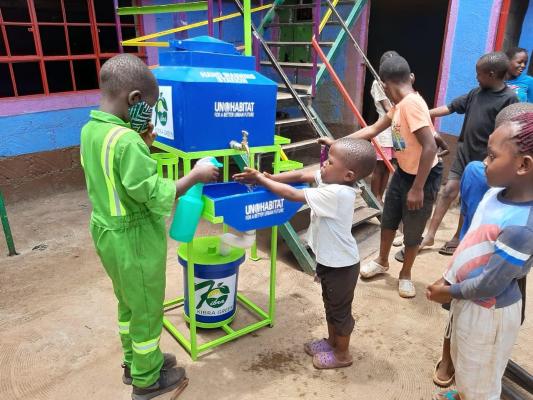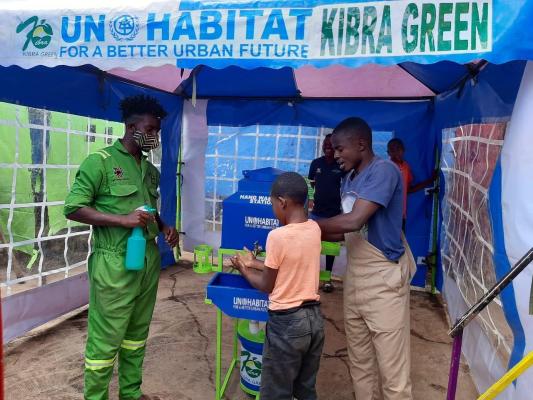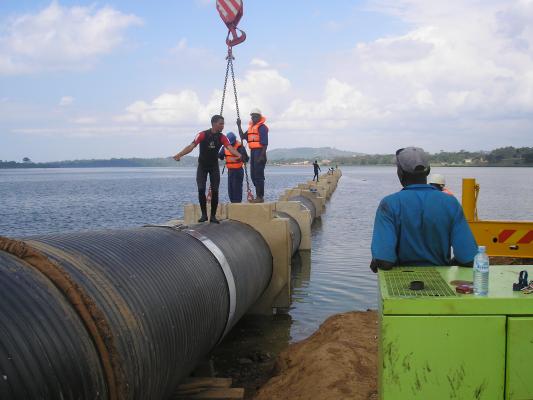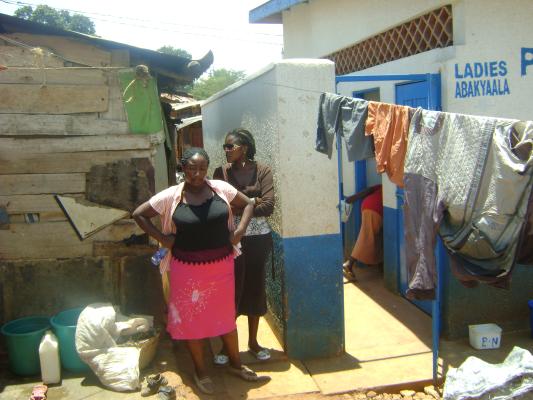Creative development solutions in Tanzania
One project that required a good deal of creative thinking—as well as detailed work on the ground—is the water and sanitation project for Mwanza and its satellite towns of Lamadi, Misungwi and Magu, as well Bukoba and Musoma on the Tanzanian banks of Lake Victoria.
The aim of the project, which the European Investment Bank started in 2013, is to protect the environmental health of the lake, by providing improved water and sanitation to the people in these Tanzanian towns. That is because pollution from these towns is part of the general degradation of this freshwater lake.
Of course, it is much more than a secondary benefit that the project will provide safe drinking water for approximately one million people and improved sanitation for up to100 000 people.
But what was creative about this project?
For one thing, we used the local environment as part of the water solution.
The Lamadi water scheme, with its treatment plant right at the shores of the lake, required an innovative water intake. Infiltration galleries were proposed with which water from the lake is first filtered through the sand bed, before flowing into a treatment system built away from the shores. Infiltration galleries are permeable horizontal or inclined conduits into which water can infiltrate from an overlying or adjacent source, in this case the lake. The sand filters out the sediment and suspended solids—that is, polluting matter—from the water like a sieve. The water has been cleaned and is ready to be chlorinated or otherwise treated. The filtration helps avoid water-borne diseases and it’s all based on a use of the local environment.
Obviously that wouldn’t work in every situation, which is why it required creative thinking.




